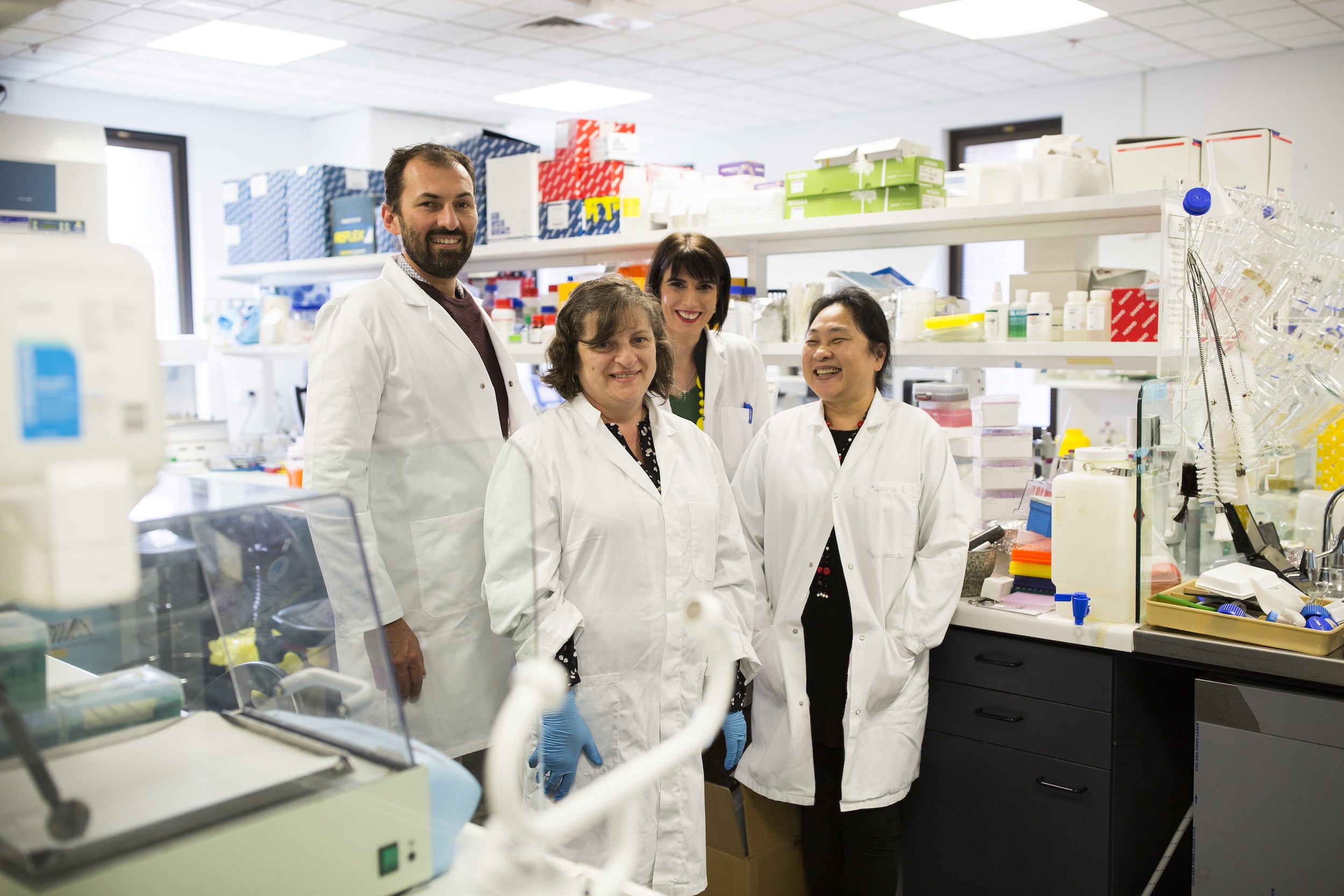Glaucoma stem cell research, involving one of the largest and most detailed stem cell modelling studies reported for any disease, could help researchers develop new drugs to combat the disease by identifying potential target areas to stall or reverse vision loss.
By comparing stem cell models of the retinal ganglion cells of people with primary open angle glaucoma to those without the disease, more than 300 novel genetic features of these cells were uncovered.
The research, published in Cell Genomics, is the result of a national collaboration led by Professor Alex Hewitt (Centre for Eye Research Australia, University of Melbourne and University of Tasmania), Professor Alice Pébay and Dr Maciej Daniszewski (University of Melbourne) and Ms Anne Senabouth and Professor Joseph Powell (Garvan Institute of Medical Research).
Hewitt, who is head of clinical genetics at CERA, said the study will lead to a better understanding of the mechanisms that damage retinal ganglion cells and lead to the onset of glaucoma.
“Glaucoma is often an inherited condition and comparing diseased retinal ganglion cells with healthy one is an effective way to increase our understanding of the mechanisms that contribute to vision loss,’’ Hewitt said.
Pébay, whose team led the stem cell aspects of this work, said that until recently that’s been impossible “because you cannot obtain or profile retinal ganglion cells from living donors without an invasive procedure.”
To overcome this challenge, the scientists used Nobel Prize-winning induced pluripotent stem cell (iPSC) technology to ‘reprogram’ skin cells provided by donors into stem cells that were then turned into a retinal ganglion cell in the lab.
They then mapped the individual genetic expression of almost a quarter of a million cells to identify features that could impact on the way genes are expressed in the cell, impacting its function, and potentially contributing to vision loss.
The researchers identified 312 unique genetic features in the retinal ganglion cell models that warrant further investigation.
“The sequencing identifies which genes are turned on in a cell, their level of activation and where they are turned on and off – like a road network with traffic lights,’’ Powell, whose team led the analysis of the world-leading dataset, said.
“This research gives us a genetic roadmap of glaucoma and identifies 312 sites in the genome where these lights are blinking.
“Understanding which of these traffic lights should be turned off or on will be the next step in developing new therapies to prevent glaucoma.’’
Hewitt said the research provides hundreds of new targets for researchers developing new drugs to treat glaucoma.
“Current therapies are limited to slowing vision loss by reducing pressure in the eye – but they do not work for all patients and some people continue to lose many retinal ganglion cells and vision despite having normal eye pressure.
“The rich source of genetic information generated by this research is an important first step towards developing new treatments that go beyond lowering eye pressure, and can reverse damage and vision loss.’’
More reading
2022 Glaucoma Australia ‘Quinlivan’ research grants open
The future of glaucoma detection and monitoring
$300k grant to commercialise Aussie test for assessing glaucoma risk




